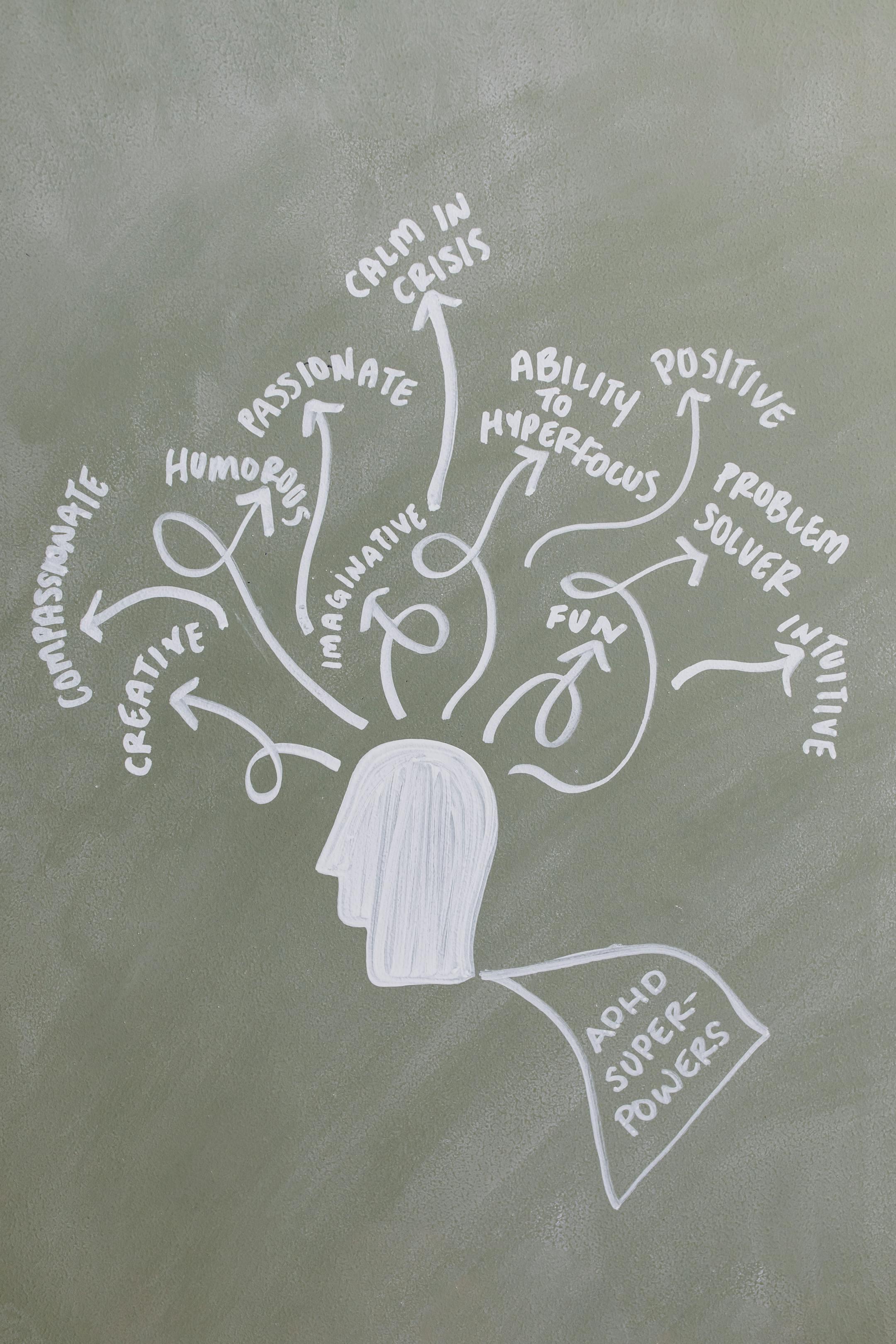Recognizing the Full Spectrum of Symptoms
While classic ADHD features—such as inattention and impulsivity—apply to all genders, women frequently exhibit subtler or internalized signs that delay diagnosis:
- Emotional Dysregulation & Rejection-Sensitive Dysphoria
Sudden mood swings, intense shame or anger in response to perceived criticism, and periods of emotional “shut-down.”
- Internal Restlessness & Hyperfocus
A constant mental “buzz” but also episodes of becoming so absorbed in work or hobbies that other responsibilities—and sleep—are neglected.
- Chronic Procrastination & Time Blindness
Putting off tasks until the last minute, underestimating how long things will take, missing deadlines.
- Disorganization & Forgetfulness
Persistent clutter (papers, half-finished projects), misplacing everyday items, forgetting appointments or commitments.
- Low Self-Esteem & Self-Criticism
A belief that you’re “never doing enough,” driven by years of masking difficulties and compensating for what feels like constant underperformance.
- Impulsive Spending & Decision-Making
Spontaneous purchases or choices, often followed by regret or financial stress.
- Relationship Strain & Sensory Sensitivities
Talking over others, missing social cues, and feeling overwhelmed by noise or crowds—leading to social withdrawal.
Why Women Are Overlooked
Diagnostic criteria were historically based on hyperactive, disruptive behaviors seen in boys. Women, whose ADHD often manifests as internal restlessness, inattentiveness, and perfectionism that masks disorganization, frequently go unrecognized. In fact, a survey of over 3,000 adults found:
- 74% of women with ADHD experienced anxiety (vs. 63% of men)
- 62% reported depression (vs. 51% of men)
- 16% also struggled with an eating disorder
These statistics underscore the need for greater awareness of gender-specific presentations.
A Personal Journey to Clarity
Journalist Carla Sosenko recounts in her memoir I’ll Look So Hot in a Coffin how she navigated decades of self-doubt, chronic forgetfulness, and social anxiety before her mid-40s ADHD diagnosis. A roommate’s offhand remark during the pandemic prompted her to seek evaluation. With medication and new organizational strategies, she gained focus, confidence, and compassion for herself.
Innovations and Advocacy
- AI-Assisted Screening
Research into retinal imaging and machine learning shows promise for earlier, noninvasive detection.
- Training for Clinicians
Workshops and guidelines to help healthcare providers recognize ADHD presentations common in women.
- Peer Support Networks
Groups such as CHADD’s Women & Girls network offer community, coaching, and resources tailored to female experiences of ADHD.
Paths to Support and Management
- Medication
Stimulant and non-stimulant options that improve attention and executive function.
- Cognitive Behavioral Therapy (CBT)
Techniques to challenge negative self-talk and build practical routines.
- ADHD Coaching
One-on-one guidance for time management, goal setting, and organizational skills.
- Peer Groups
Safe spaces for sharing experiences, tips, and encouragement.
- Lifestyle Practices
Regular exercise, mindfulness, and creating sensory-friendly environments to reduce overwhelm.
Moving Forward
ADHD in women often looks different—and for too long, those differences have been overlooked. By expanding awareness, refining diagnostic practices, and offering gender-sensitive support, we can transform hidden struggles into empowered, organized, and fulfilled lives.
